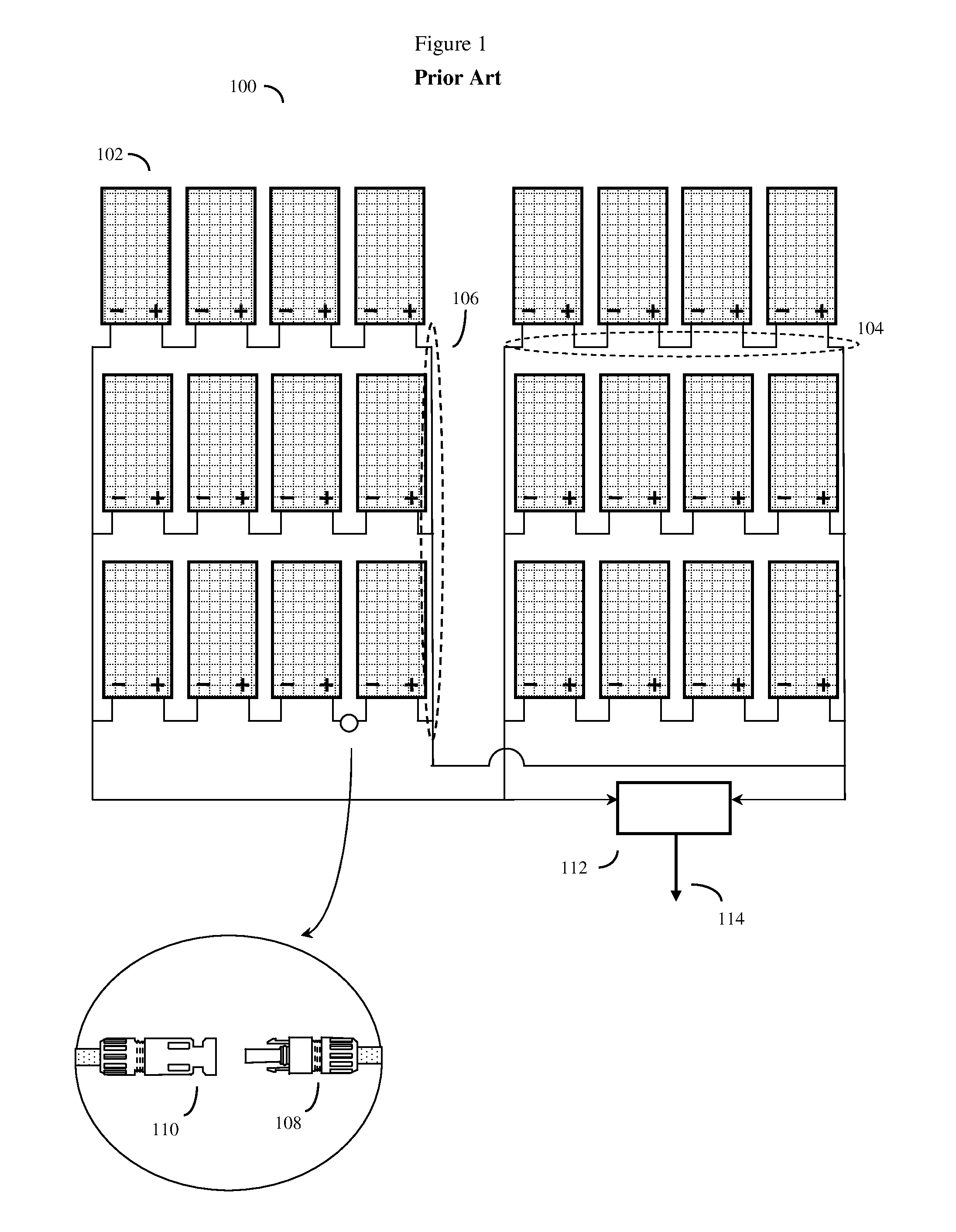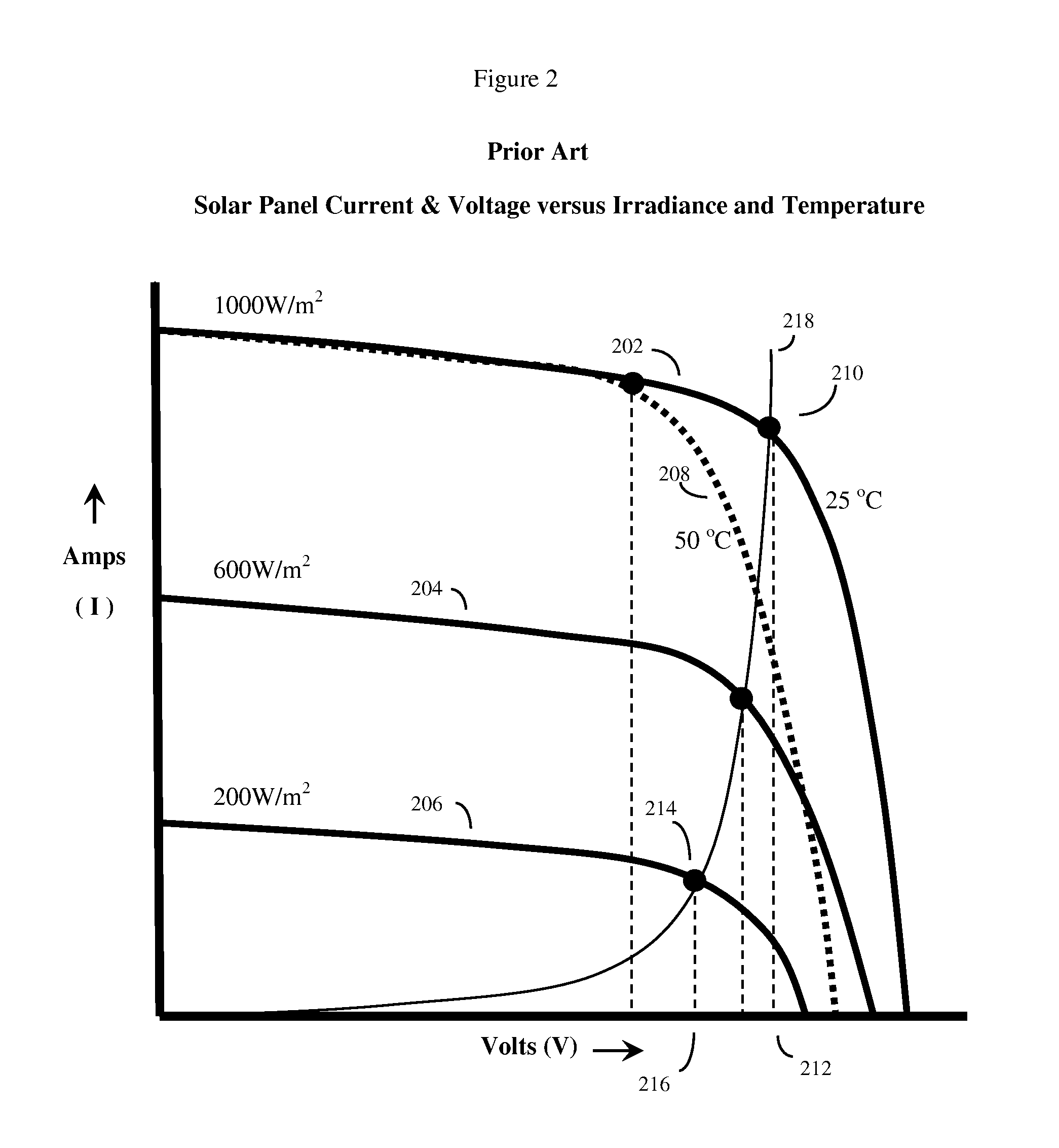Vibration mediated networks for photovoltaic arrays
a photovoltaic array and vibration-mediated technology, applied in mechanical vibration separation, pv power plants, high-level techniques, etc., can solve problems such as network communication, radiofrequency noise and electrical noise, and can become an issu
- Summary
- Abstract
- Description
- Claims
- Application Information
AI Technical Summary
Benefits of technology
Problems solved by technology
Method used
Image
Examples
Embodiment Construction
[0025]One of the most unusual aspects of the invention is its use of vibrations in a solid medium as the primary basis for communicating information and forming a network, in particular a meshed multi-node network.
[0026]As previously discussed, although the use of vibrations in a solid media as a communications modality is non-intuitive for this application, this type of communications modality does appear to be well suited to photovoltaic solar panel arrays. Solar panels in such arrays are typically mounted very close together, with typical spacing between panels on the order of one meter or less. Such panels are usually mounted on rigid support structures, and connected by relatively thick, robust, and semi-rigid power cables that lend themselves well to conducting vibrations for fairly long distances.
[0027]This approach also avoids the problem that, as previously discussed, a number of photovoltaic solar panel wiring codes make it more difficult to implement more traditional netw...
PUM
 Login to View More
Login to View More Abstract
Description
Claims
Application Information
 Login to View More
Login to View More - R&D
- Intellectual Property
- Life Sciences
- Materials
- Tech Scout
- Unparalleled Data Quality
- Higher Quality Content
- 60% Fewer Hallucinations
Browse by: Latest US Patents, China's latest patents, Technical Efficacy Thesaurus, Application Domain, Technology Topic, Popular Technical Reports.
© 2025 PatSnap. All rights reserved.Legal|Privacy policy|Modern Slavery Act Transparency Statement|Sitemap|About US| Contact US: help@patsnap.com



